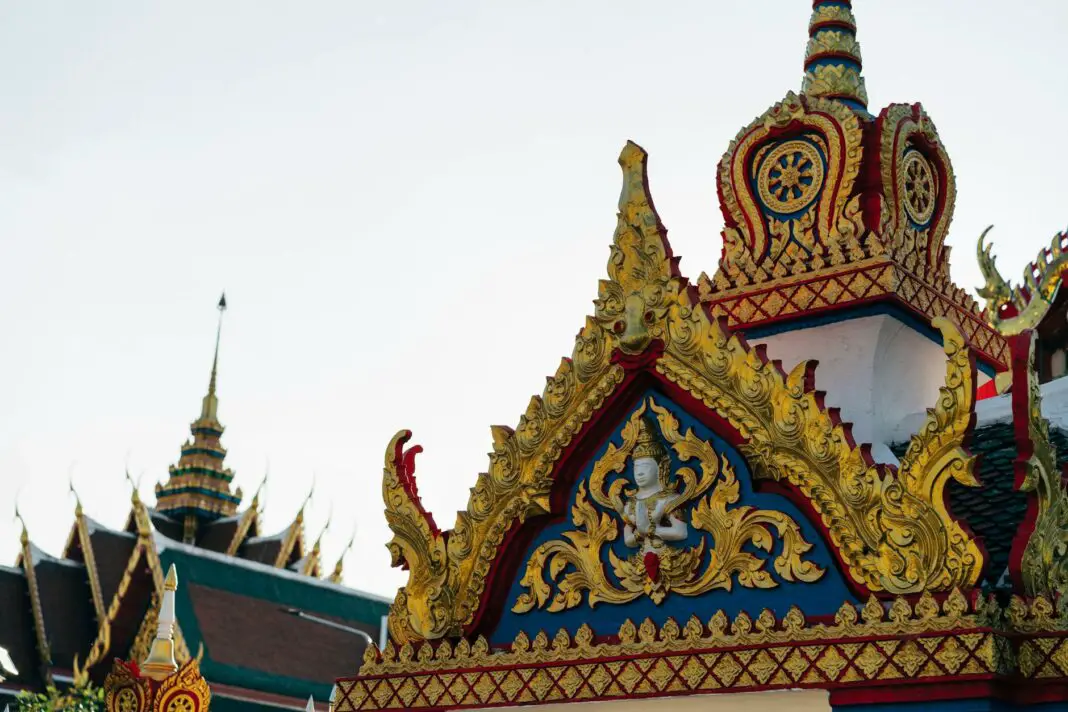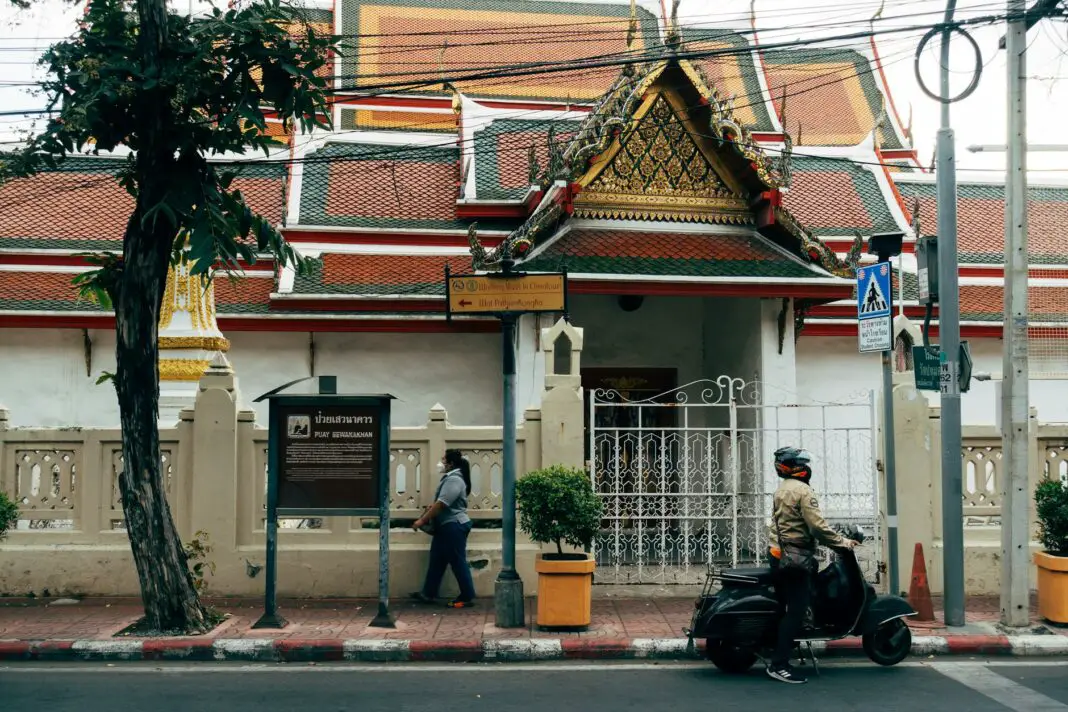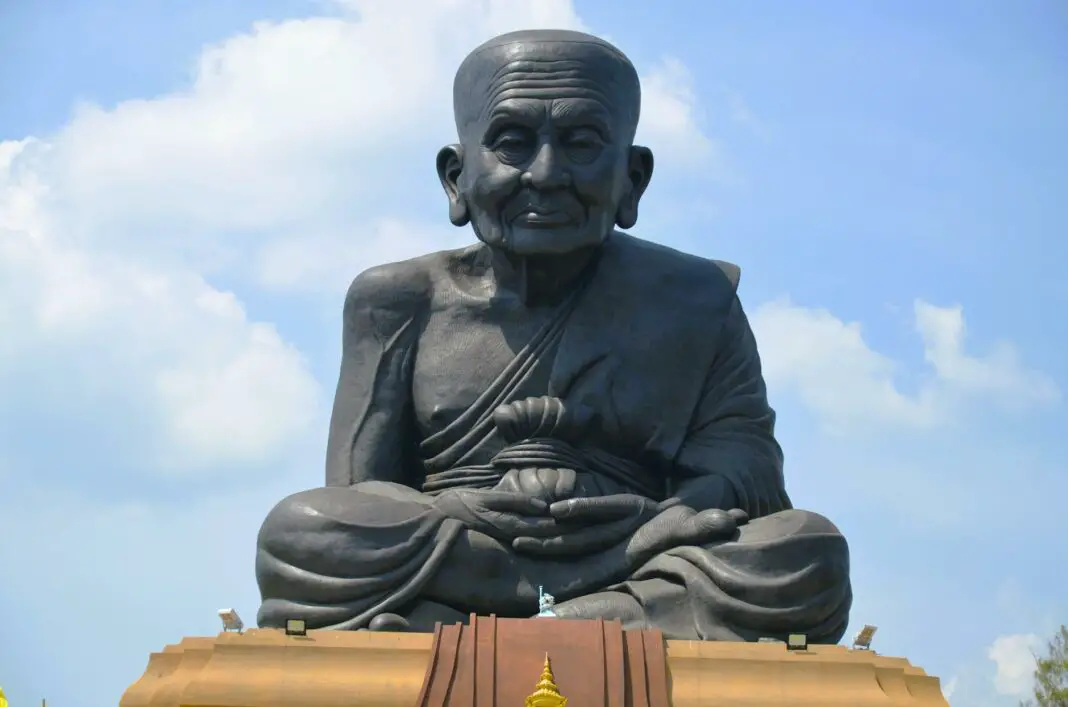**Introduction**
Embarking on a journey to Thailand unravels a layer of cultural richness and artistic brilliance that captivates the soul. Among its many gems, the stunning mural art found throughout the country invites travelers to delve deeper into history, spirituality, and local narratives. The intricate designs and vibrant colors are not mere decorations but a bridge connecting the past and present, encapsulating the essence of Thai life. This blog post explores the enchanting world of Thailand’s mural art, offering insights into its history, significance, and hidden meanings.
Let’s navigate through the eye-catching scenes adorning temples, schools, and public spaces, inviting you to discover the secrets behind their creation and what they represent. Whether you’re an art enthusiast or simply passionate about cultural exploration, this guide aims to enrich your understanding of Thailand’s mural artistry and inspire your next adventure in this beautiful country.
**Table of Contents**
– **Historical Roots of Thai Mural Art**
– **Techniques and Styles Influencing Mural Creation**
– **Symbolism and Themes in Thai Murals**
– **Notable Locations to Experience Mural Art**
– **Actionable Insights for Art Lovers Visiting Thailand**
– **Final Thoughts on Thailand’s Mural Art Legacy**
– **Frequently Asked Questions**
**Historical Roots of Thai Mural Art**
Thai mural art possesses a rich tapestry woven from centuries of tradition and cultural influence. Its origins trace back to the Ayutthaya period, with significant developments during the Rattanakosin era, a time when Buddhism flourished. These murals served not only as decorative pieces but also as educational tools, illustrating religious narratives and teachings for a largely illiterate population. By conveying stories through imagery, these works played a crucial role in community learning and cultural preservation.
Throughout different periods, various influences—be it from Indian, Khmer, or even Western art—intermingled, leading to a unique style that is distinctly Thai. Each brushstroke reflects not just artistic talent but also the socio-political climate of the time, allowing viewers to engage with history more profoundly. This deep-rooted heritage continues to inspire contemporary artists, ensuring that mural art remains not only relevant but evolving within Thailand’s cultural identity.
**Techniques and Styles Influencing Mural Creation**
A journey into the techniques of Thai mural art reveals a fascinating blend of traditional craftsmanship and meticulous attention to detail. Artists often employ a mix of natural materials, including mineral pigments and rice paste that create durable artworks resistant to the test of time. The tools used are equally traditional; brushes made from animal hair are skillfully wielded to create fluid lines and intricate patterns. This deep commitment to traditional methods reflects a reverence for their craft, preserving it for future generations.
Within the realm of styles, one can find a plethora of influences ranging from folk art to the more intricate offerings influenced by Asian traditions. Motifs such as Nagas, the serpent guardians of temples, and celestial beings like angels often appear in these murals, infusing a sense of spirituality and connection to the divine. The artistry is not merely visual; it creates a narrative experience that engages viewers on both emotional and intellectual levels, encouraging an appreciation for the skill and story behind each piece.
**Symbolism and Themes in Thai Murals**
Peering into the themes and symbolism of Thai mural art opens a dialogue about the culture’s beliefs and values. Each mural often contains layers of meaning, combining elements from Buddhist teachings, local folklore, and moral lessons designed to instill virtues like compassion, respect, and mindfulness. Iconography plays a significant role; for example, images of the Buddha in various poses are not just decorative but represent teachings of peace and enlightenment.
Additionally, mythological stories act as a narrative foundation where extraordinary heroes embark on quests, often reflecting the struggles of life. Visitors will likely find themselves immersed in the stories, decoding the narratives presented through vibrant images. This aspect of mural art stimulates curiosity, inviting not only a visual feast but also a mental journey, enhancing one’s understanding of Thai culture and spirituality.
**Notable Locations to Experience Mural Art**
Travelers eager to explore the magnificent mural scenes should prepare an itinerary centered around some of Thailand’s finest cultural hubs. Temples, such as Wat Phra Kaew and Wat Arun in Bangkok, offer an exquisite display of murals that illustrate significant historical and religious narratives. Moreover, the ancient city of Ayutthaya houses numerous temples with murals that echo the glory of the past, making each visit a lesson in history and artistry.
Further into the northern region, Chiang Mai presents an intriguing fusion of ancient and contemporary mural art in spaces like the Art in Paradise museum, combining traditional themes with modern techniques. Engaging with these murals provides a unique insight into Thailand’s adaptability in art, encouraging deeper connections with the culture. Every corner of Thailand unveils new stories and unique interpretations of life through its mural creations, guaranteeing unparalleled experiences for art seekers.
**Actionable Insights for Art Lovers Visiting Thailand**
For those captivated by the beauty of mural art, actionable insights can enhance your travel experience significantly. Begin by visiting local artists’ workshops and studios, where you may have the opportunity to participate in workshops, gaining hands-on experience in traditional techniques and understanding the creative processes behind mural art. Expanding your itinerary to include lesser-known temples can also unearth hidden treasures, allowing for a more intimate and personal connection with Thailand’s artistic offerings.
Engaging with local guides who specialize in art history can provide invaluable context and insights during your explorations. These experts often possess a wealth of knowledge about the stories behind specific murals and can enhance your understanding of the intricate details that might otherwise go unnoticed. Immersing oneself in the local culture, attending festivals, and participating in art tours can create enriching experiences, making your trip truly unforgettable.
**Final Thoughts on Unveiling Thailand’s Mural Art Legacy**
As you reflect on the incredible journey through Thailand’s mural art, it’s clear that these artworks embody a vibrant dialogue between past and present, weaving tales of history, culture, and community. Each mural serves as a visual storyteller, inviting viewers to engage with themes that resonate deeply within the fabric of Thai society. The exquisite craftsmanship and profound symbolism encapsulated in these artworks invite everyone, whether artistically inclined or not, to appreciate the rich artistic legacy that continues to evolve.
Exploring the breathtaking murals not only enriches your travel experience but also encourages a deeper understanding of the values upheld within Thai culture. By appreciating these artistic expressions, visitors can partake in a shared journey that celebrates the vibrancy and resilience of Thailand’s cultural heritage.
**Frequently Asked Questions**
**What are the main themes found in Thai murals?**
Thai murals primarily explore themes related to Buddhism, conveying stories of the Buddha’s life and teachings. Additionally, they often showcase cultural folklore, moral lessons, and the importance of community values.
**Where can I see the most remarkable murals in Thailand?**
Notable locations include Wat Phra Kaew in Bangkok, Wat Arun temple, and various historical temples in Ayutthaya. Chiang Mai also offers modern interpretations in art galleries.
**Are there any workshops I can attend to learn about mural painting?**
Yes! Many local artists offer workshops that provide insights into traditional techniques and allow you to participate actively in the art-making process.
**Is it respectful to take photographs of murals?**
While it is generally allowed, it’s wise to be respectful and follow any specific guidelines set by temples or cultural sites regarding photography, as some spaces may require permission or might have restrictions.
**What role do murals play in Thai culture today?**
Murals remain significant as they continue to convey culture, history, and spiritual beliefs while also adapting to contemporary influences, making them a vital channel for cultural expression in modern Thailand.
Image Credit: Pexels





